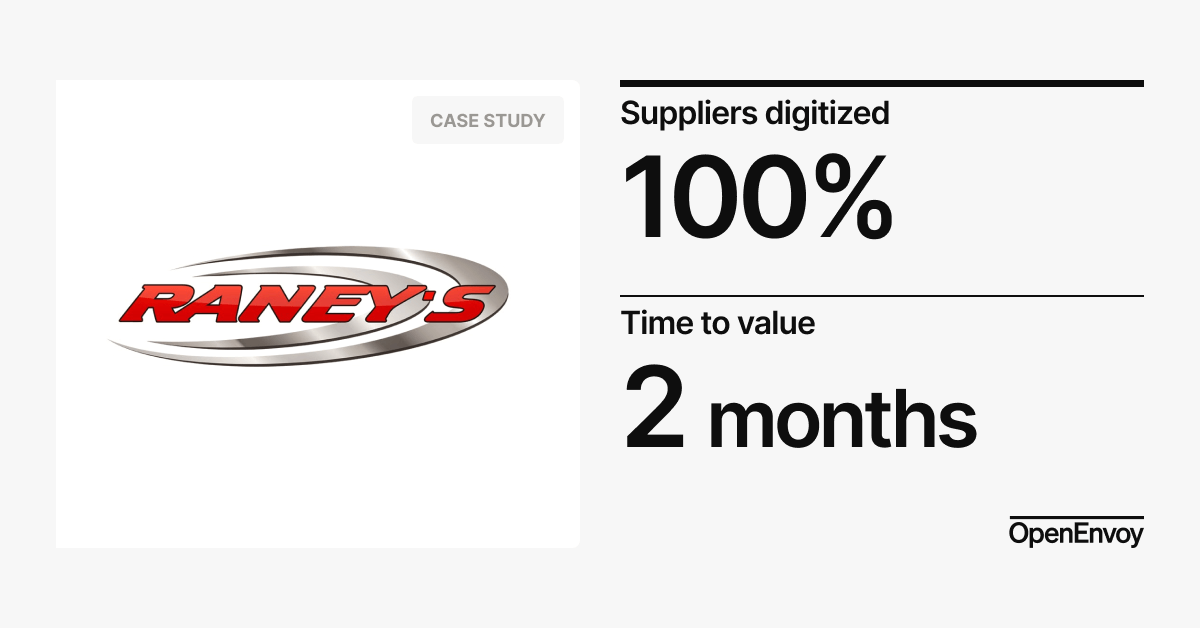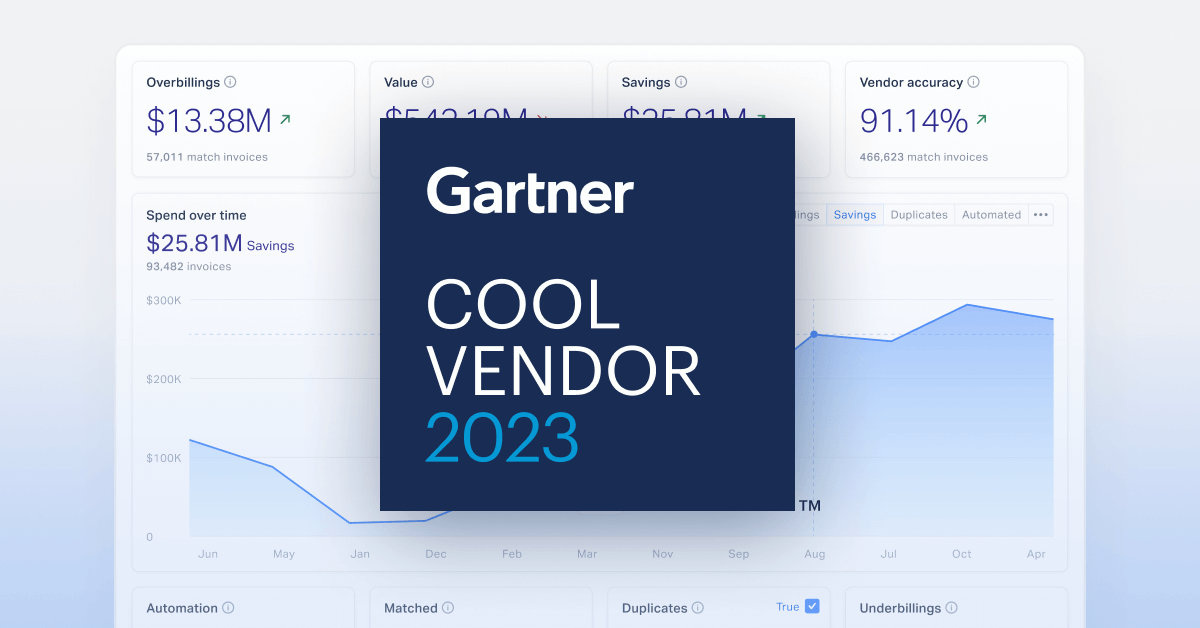< Back to E-Invoicing Overview
The United States has not implemented a nationwide e-invoicing mandate but has gradually increased adoption across both public and private sectors. Unlike many countries that enforce digital invoicing through national tax authorities, the U.S. follows a decentralized approach where federal agencies, large enterprises, and industry groups drive e-invoicing adoption based on operational efficiency rather than regulatory requirements.
In the public sector, federal agencies require suppliers to submit electronic invoices through platforms such as the Invoice Processing Platform (IPP) and G-Invoicing. These systems help streamline payment processes and improve financial management for government contracts. Private sector businesses, particularly large corporations and multinational companies, have also widely adopted e-invoicing to optimize cash flow, reduce manual processing, and meet the requirements of international trading partners.
As more U.S. businesses engage in global trade, e-invoicing is becoming an essential part of financial automation. Many companies are integrating Peppol for cross-border transactions, ensuring compliance with the invoicing requirements of international markets. The adoption of e-invoicing continues to grow as companies look to reduce costs and improve payment cycles.
Regulatory authority
The U.S. does not have a central regulatory body overseeing e-invoicing. Federal agencies that have implemented e-invoicing requirements include the U.S. Department of the Treasury, the General Services Administration (GSA), and the Defense Finance and Accounting Service (DFAS).
E-invoicing requirements
There is no federal mandate requiring all businesses to use e-invoicing. However, certain government suppliers must comply with e-invoicing requirements when submitting invoices to federal agencies. Adoption is increasing across industries, especially among enterprises engaging in global trade.
Accepted invoice formats
The U.S. does not have a single standard for e-invoicing. Commonly used formats include EDI for large corporations, XML-based formats integrated with ERP systems, and Peppol BIS for international transactions.
Transmission channels
Invoices to the federal government must be submitted through platforms such as the Invoice Processing Platform (IPP) and G-Invoicing. In the private sector, businesses transmit invoices through EDI networks, Peppol, or proprietary corporate invoicing systems.
Digital signatures
Digital signatures are not mandatory, but some industries and government agencies require them for security and authenticity.
Archiving requirements
Invoice retention varies by industry and contract type. Federal contractors must retain invoices for six years, while businesses typically store invoices for three to seven years, depending on state and industry regulations.
How B2B e-invoicing works in the United States
Businesses generate invoices using EDI, XML, or Peppol formats and submit them through corporate ERP systems, third-party networks, or Peppol-certified platforms. Large enterprises often require suppliers to use specific invoicing platforms for standardization and efficiency.
How B2G e-invoicing works in the United States
Suppliers to federal agencies must submit invoices via the Invoice Processing Platform (IPP), G-Invoicing, or other government-approved platforms for validation and processing. Federal agencies are increasingly pushing for digital invoicing to enhance transparency and automation.
Ready to get started?
Schedule a consultation to explore the benefits of e-invoicing.


